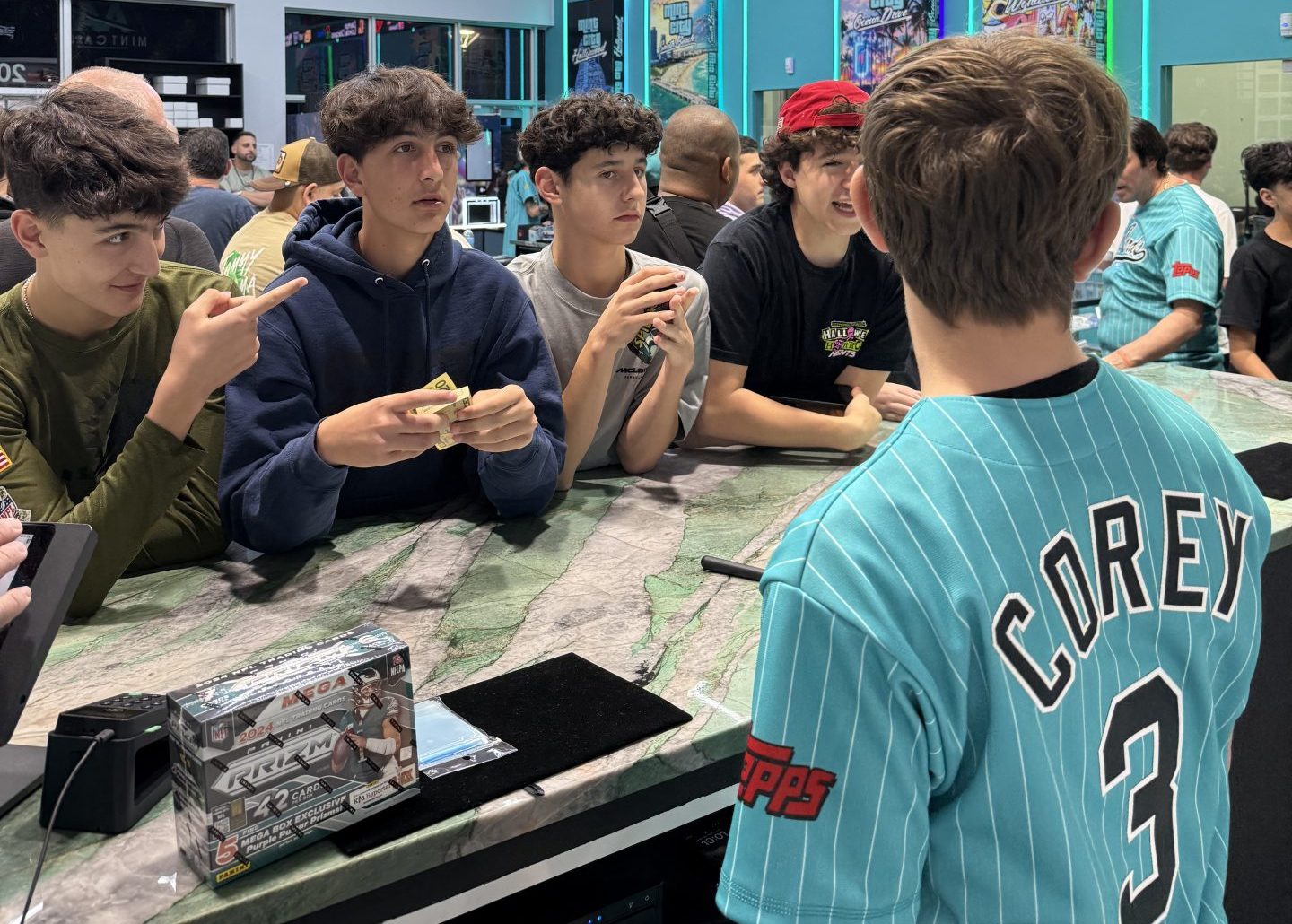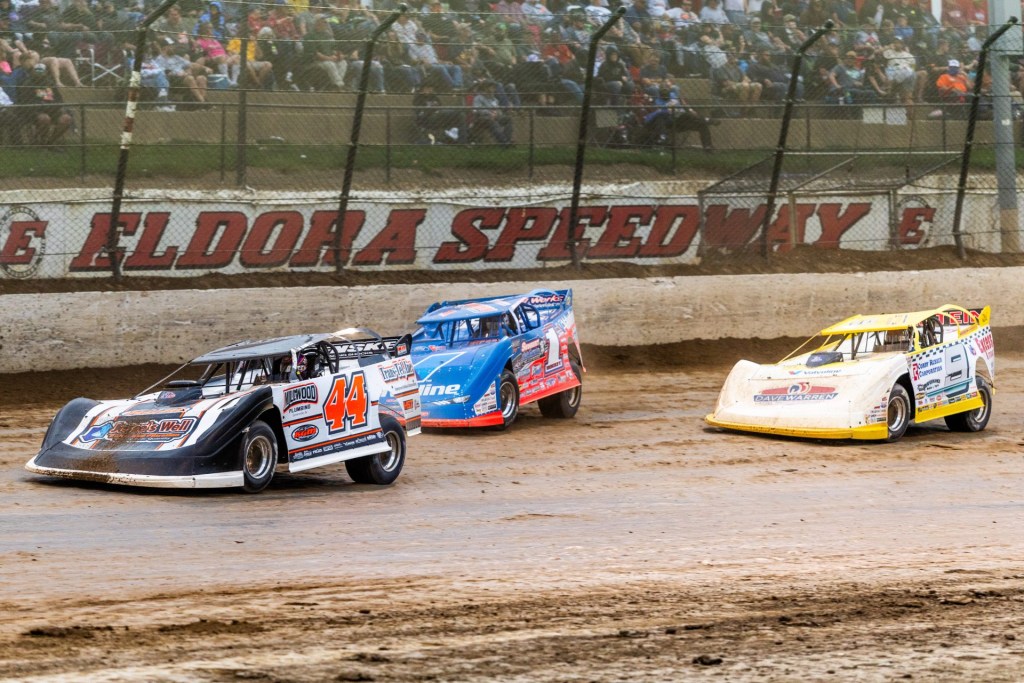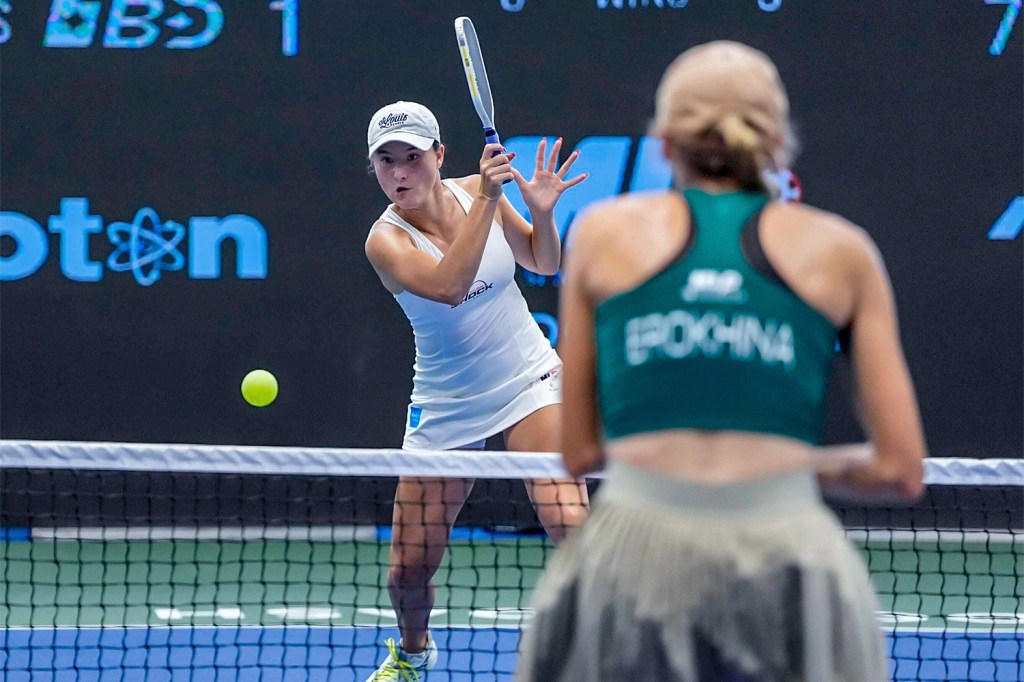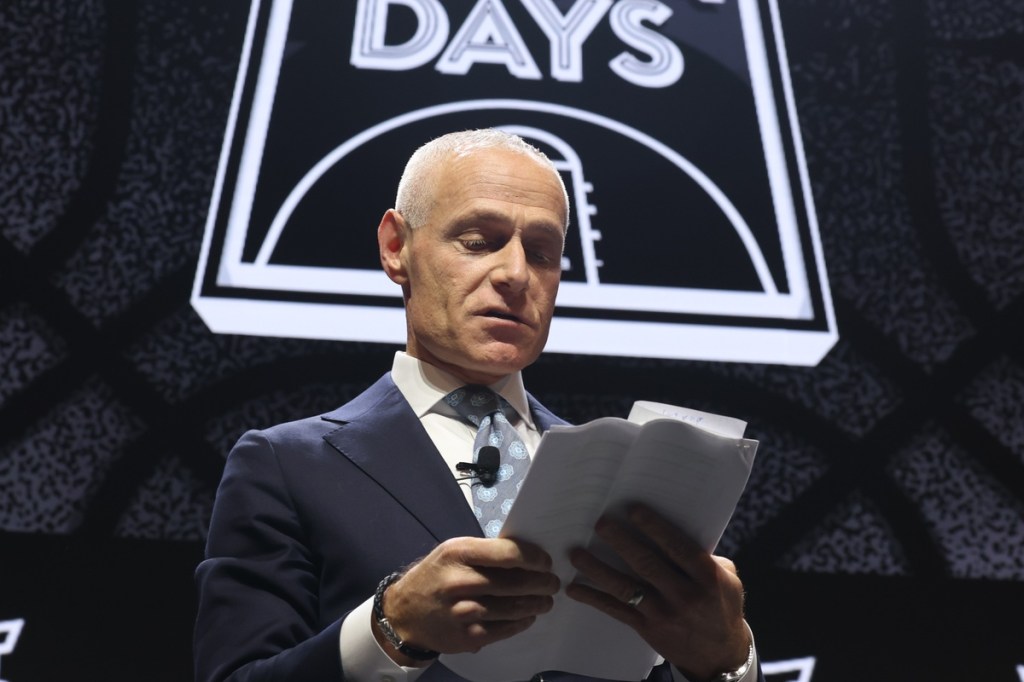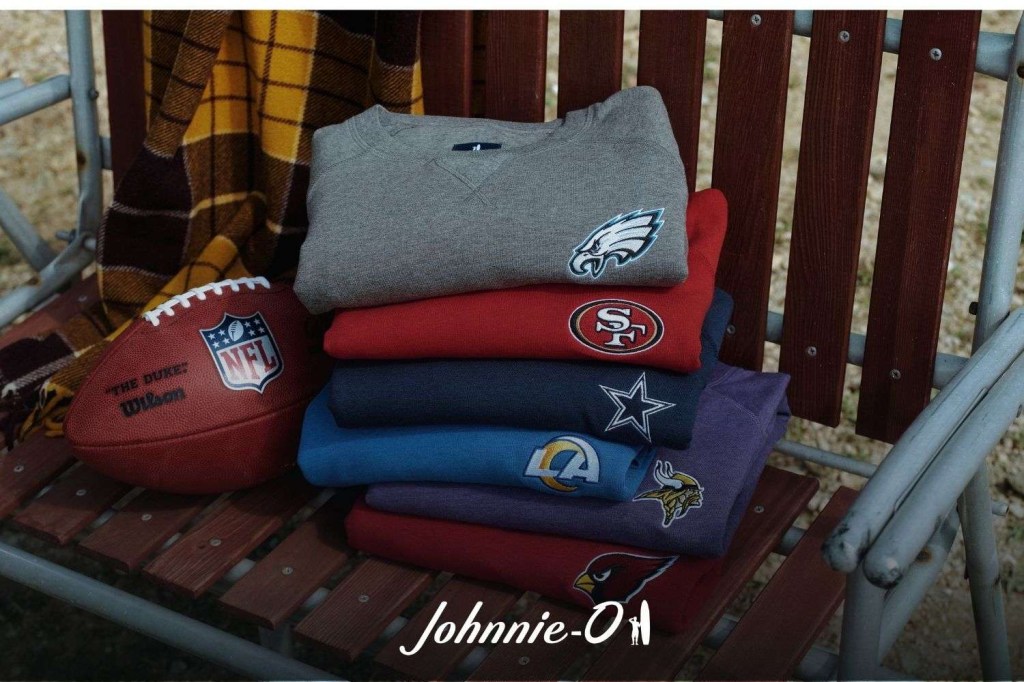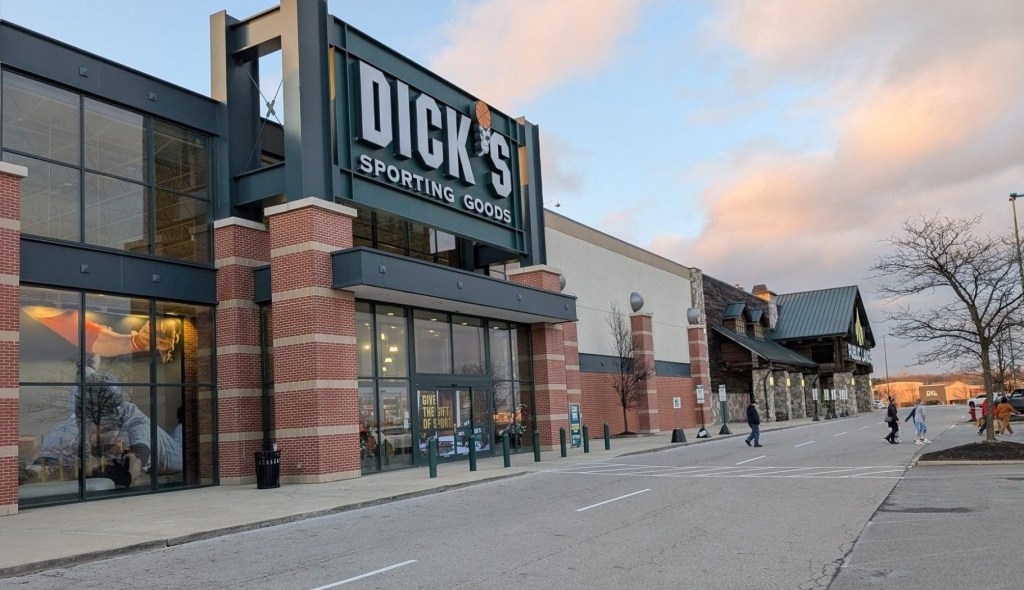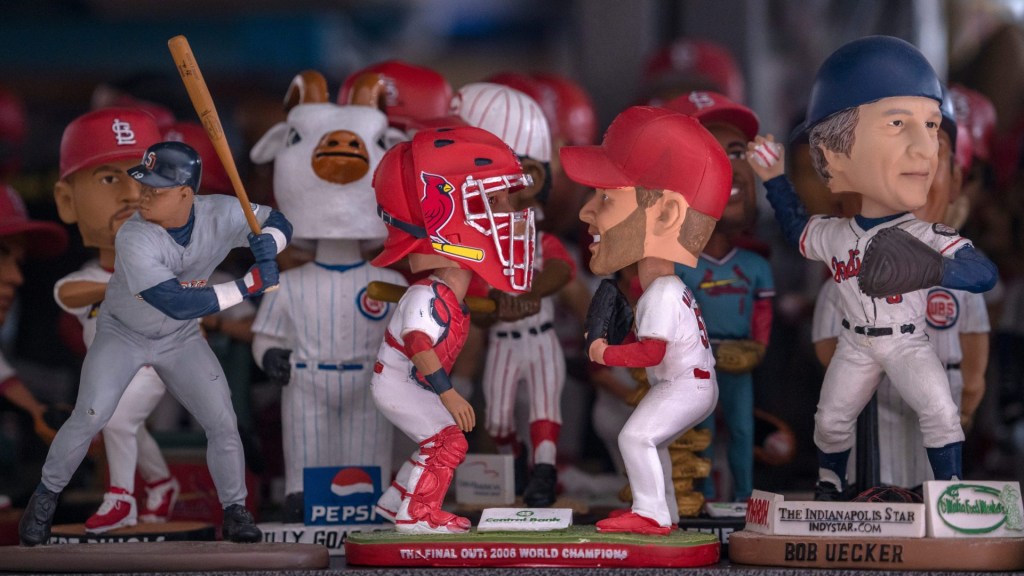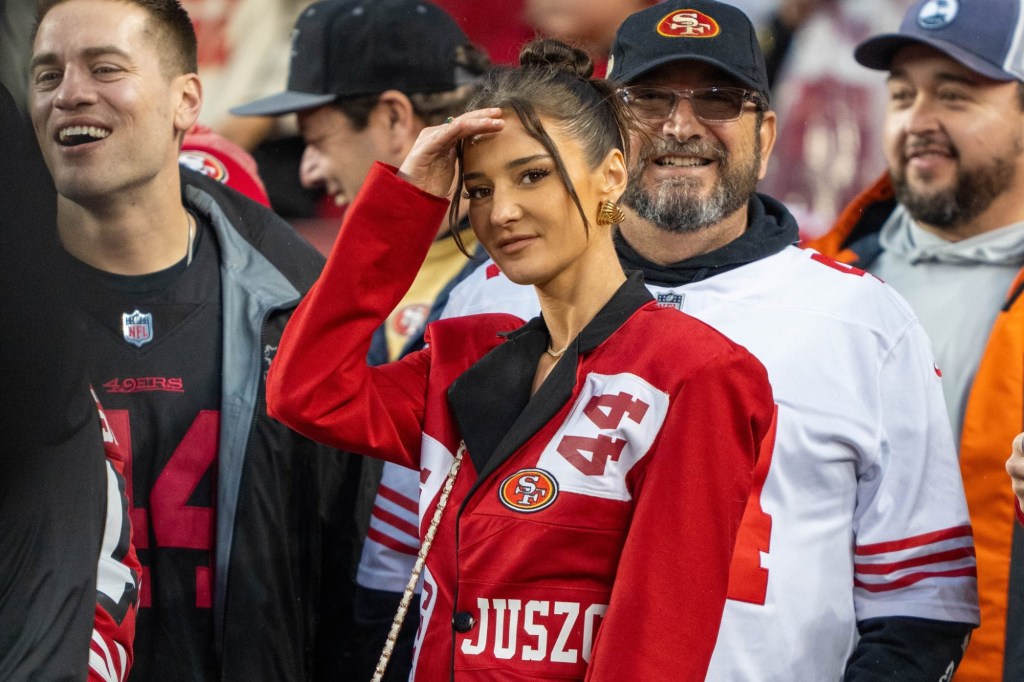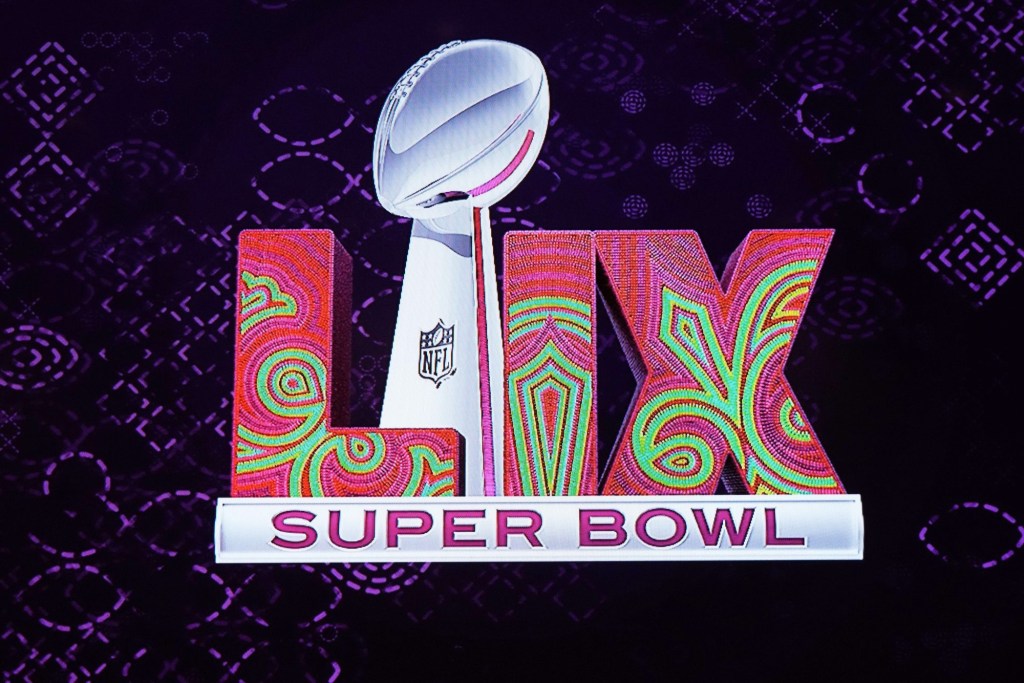Josh Richter dropped more than $150,000 on three MLB trading cards during a single week in early May. One cost him $85,000: a 2024 Topps Update Rookie Debut Patch Auto (RDPA) 1-of-1 with a Kanji signature of Chicago Cubs pitcher Shota Imanaga.
But that’s fairly typical for Richter. The 24-year-old deals full-time in high-end cards that he either flips right away because of their instant demand or keeps in his personal collection. His two other purchases that week were a 2022 Topps Chrome Gilded rookie autograph 1-of-1 of Kansas City Royals superstar Bobby Witt Jr. ($50,000) and a 2024 Bowman Draft Sapphire autograph numbered to 5 of Royals rookie Jac Caglianone ($15,000).
Richter—who owns 14 RDPA cards from 2024, which is the top card for a rookie since it contains a game-worn patch from their first MLB appearance—has become a major player in a market filled with experienced collectors and flippers. Even at 24, he holds his own in an industry that’s projected to be valued at $2.75 billion by 2033—a nearly $1.3 billion jump from its 2023 figure.
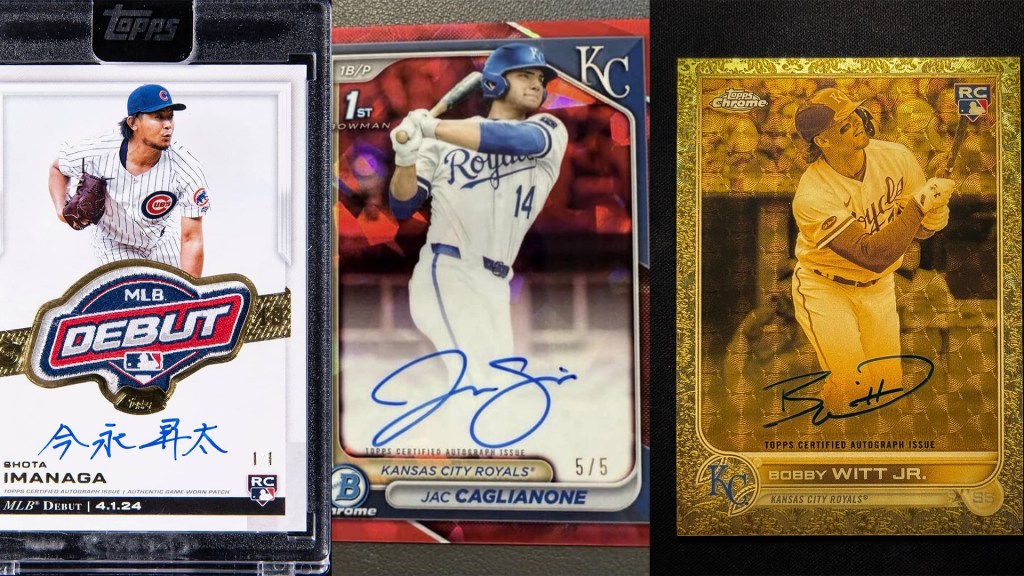
“It’s a lot of investing and it’s a lot, I guess, gambling in a sense,” San Diego-based Richter tells Front Office Sports. “I’m investing a lot into prospects and some of their best cards to ever be produced and hoping that they pan out to be the Mike Trouts and Ronald Acuñas of the game. Then there’s also a lot of the buying players I just like. … It’s a mix of buying low to hopefully sell high in a short period of time or buy low and sell high in a long period of time.”
Most young collectors aren’t all in on high-end transactions like Richter. But on a smaller scale, interest in trading cards is high among Gen Z and the younger Gen Alpha. They’re particularly on a mission for numbered, rare, and ultra-modern cards, manufactured in the past eight years.
The chase is on in large part because these young fans have a different portal into collectibles than their predecessors. With more than card shops, Gen Z and Alpha collectors are all in on the massive marketplaces of eBay, Fanatics Collect, and other online shops: a veritable smorgasbord to find exactly what they want—and what others may not even know is out there. And they’re willing to spend.
Ezra Levine, CEO of Mascot, a leading trading card marketplace and inventory-management company, estimates thousands of Gen Z and Alpha collectors use the Mascot app—he doesn’t have specific demographic data. (Mascot also supports other types of trading cards, like Pokémon, which are also hugely popular with young collectors.)
“The interest is clearly very high,” Levine tells FOS. “These are tangible, cultural items. The technology and the ability to both transact and engage with them has really increased.” It’s now far easier, he says, “for these kinds of digital native demographics to participate in collectibles.”
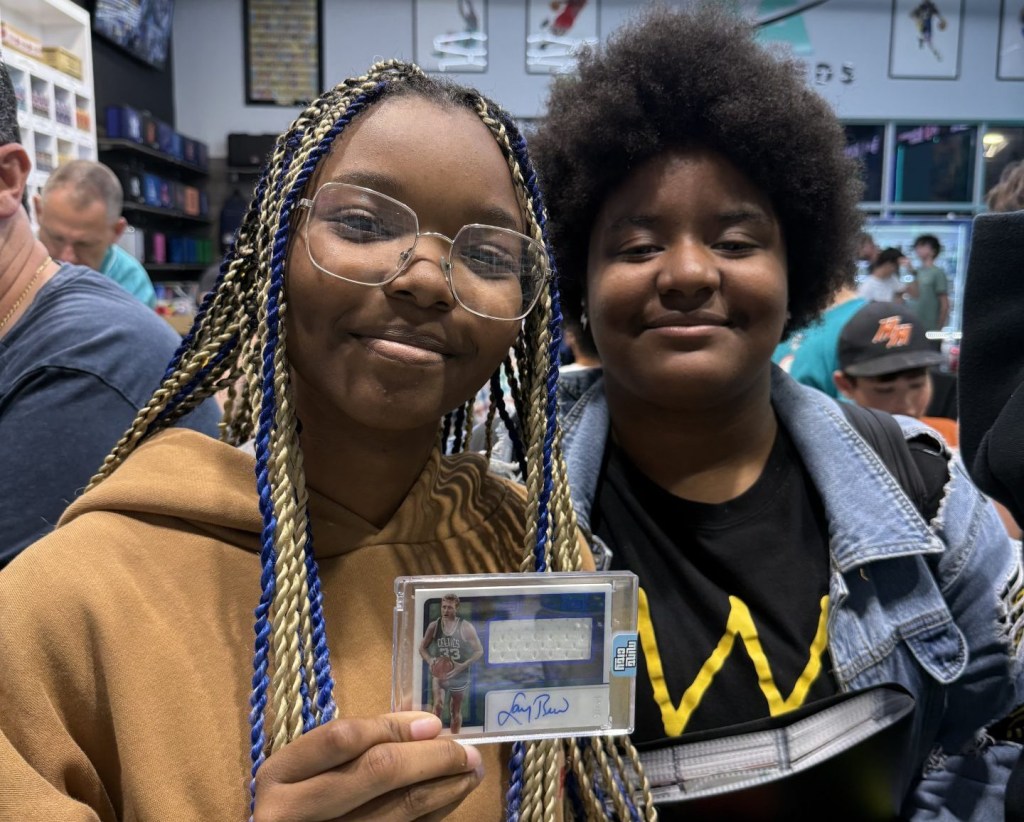
Aaron Amarant, along with his dad, Mark, opened the AA Mint Cards hobby shop in Cooper City, Fla., in late 2021. Amarant, freshly 23 years old, is now running the successful store. He interacts with Gen Z collectors daily and sees their spending habits firsthand. “A lot of it, no surprise, is driven by what’s hot, social media, pop culture, modern events, stuff like that,” he says. “Then that giant case hit—Kaboom, Downtown chase.”
The ultra-modern Kabooms and Downtowns are the most coveted NFL cards from collectibles company Panini. Amarant says young collectors will come into the shop with their parents and beeline to the cases that contain these prizes, hoping they’ll pull the singular one in the lot.
Breaking—where contents of a sealed box or case are split among a group of customers—is also fast-rising among young collectors. They purchase slots, generally a team or specific player, within the break before a box or case is opened live on WhatNot, Fanatics Live, YouTube, Twitch, and other streaming platforms. They receive cards that match the team or player they’ve claimed.
“They’re looking for that ultimate chase card versus when you get a little bit older, [you seek] what’s more meaningful,” Amarant says. “It seems like they just want that excitement of the chase rather than actually collecting to hold on to it long-term.”
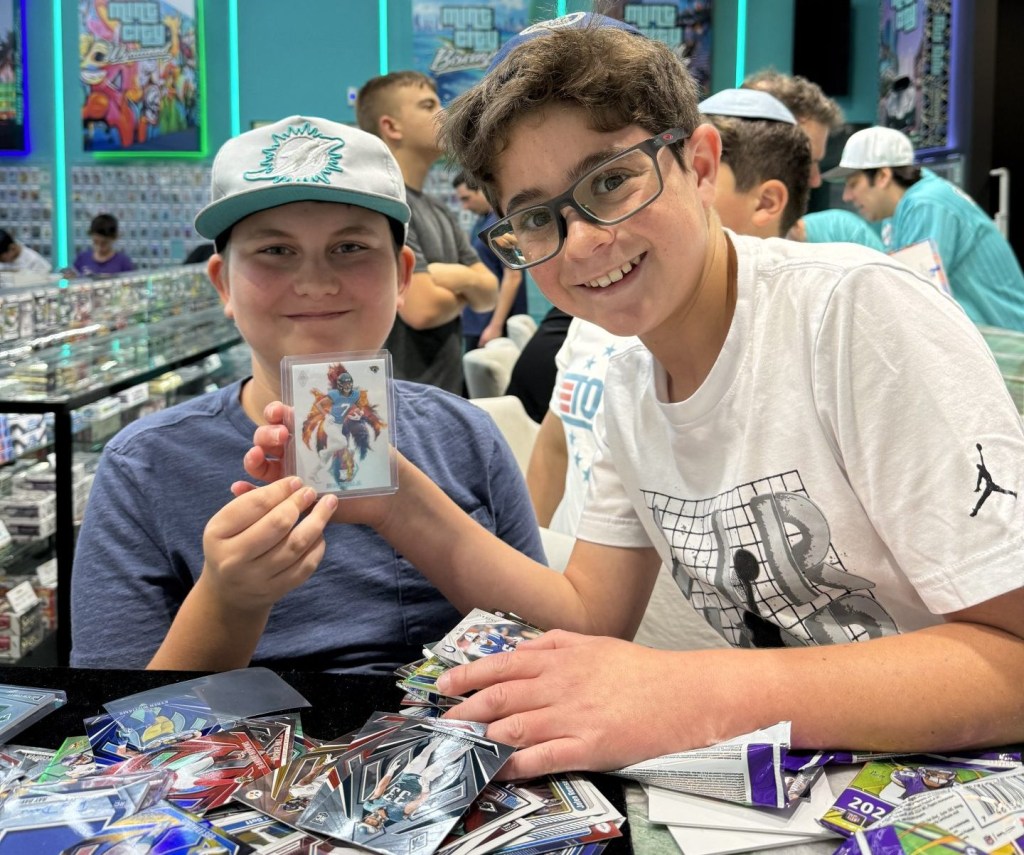
Amarant himself is big into Formula 1 cards, which are in relevant infancy with manufacturing giant Topps only breaking into the racing world in 2020. Young collectors are seeking “stuff people aren’t really aware of that we like to hunt for and find,” he says. “They want to find cards with unique stories behind them. At least, for me, that’s what I love, especially in the Formula 1 card space.”
Vintage cards—usually considered pre-1970—aren’t on the menu for most Gen Z and Alpha collectors.
“When you hear about legends and older players, I don’t think the right word is boring, but it feels like it’s not relevant. Where you have a player who’s crushing it nowadays in the current market, like a Jayden Daniels or Caleb Williams, you are collecting alongside their career … [and] it feels more relevant,” Amarant says. “You’re investing in their career as it’s going on and then you can reap the rewards if they do well or you can feel the pain with them if they get injured or something like that. It’s closer to almost a fantasy football element than a nostalgia part.”
That’s the case for Corey Zaslow, who started collecting cards at age 13. Now 16—and with more money to spend—he works at AA Mint and can afford to buy more of what he enjoys: basketball, football, and UFC. His biggest PC is of NBA legend LeBron James. Zaslow owns 10 higher echelon cards from James’s career, including a 2005 Topps Chrome Gold Refractor numbered to 99 (valued at more than $10,000) and a 2006–07 Ultimate Collection Signatures in a BGS 9 with a BGS 10 autograph grade.
He uses large followings on Instagram, Facebook, and Discord to buy, and says that although he has some big cards in his arsenal, the monetary value isn’t all that important. He agrees there are plenty of young collectors who are in the game as a business, no sentimentality involved. But for his part, Zaslow feels like he’s a true collector—one thing he has in common with collectors past.
